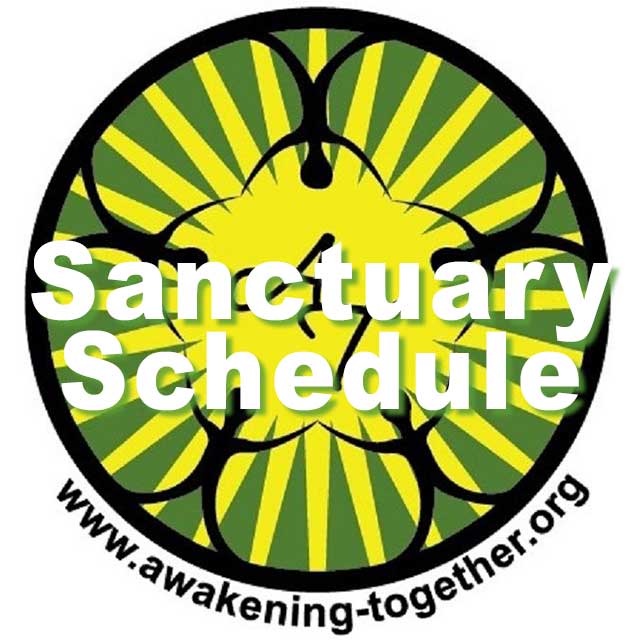Lesson 35. My mind is part of God’s. I am very holy.
The lesson for today begins with a description of its aim:
Today’s idea does not describe the way you see yourself now. It does, however, describe what vision will show you. It is difficult for anyone who thinks he is in this world to believe this of himself. Yet the reason he thinks he is in this world is because he does not believe it.
You will believe that you are part of where you think you are. That is because you surround yourself with the environment you want. And you want it to protect the image of yourself that you have made. The image is part of it. What you see while you believe you are in it is seen through the eyes of the image. This is not vision. Images cannot see.
Today’s lesson encourages us to begin seeing from our truth rather than from the habit we have of looking “out” on the world from the perspective of the persons we have imagined ourselves to be. If we continue to look on the world from this perspective, we reinforce the image of ourselves we have created.
There are two ways of looking at this lesson (and other ACIM lessons) that allow the error in perception to persist. The first is that which we are likely to experience if we have done the ACIM lessons (in whole or in part) before: we practice by rote, use the idea of the day as a mantra, but don’t drop contemplatively behind the words themselves to allow them to resonate within the heart, where they are known. The second error we might make in doing the lesson is to assume we know what the words mean. In this lesson, for example, we might assume we know what is meant by God, by vision, by holy or even “my mind.” For example, we might have some intellectual concept of God as the source of the world that we learned in our religious traditions, and then proceed from there to impose this understanding on what we see in ourselves or in our field of vision. This is not what we are being asked to do. We are being invited to experience ourselves and our world in a way we have blocked our selves from experiencing it in the past. We are being invited to take the person out of the experience.
The person is the veil that blocks our vision. By looking without the concept of ourselves as person, we are free to simply experience. We are free to experience our inner self without labels, concepts, needs and other “baggage.” By looking without the concept of ourselves as person, we remove the boundary between what we “look from” and what we look upon. If we look from our holiness, and not from our person, we can begin to capture the essence of the source-ness of all that is without the need to distinguish it from what we are. While this lesson specifically asks us to look at our inner definitions of ourselves, it is a beginning step in seeing the sameness of all things, including what we have previously delineated as inner and outer.
A helpful exercise in this regard is to look at a picture in which many objects appear. Pick out the separate objects in the picture and focus on them one at a time (e.g., a barn, a cow, a dog). Now allow your focus to shift a bit. See that the objects in the picture all occur within the one picture—see the picture as a whole. Now, do the same thing with the objects in the room or on the street where you are. Pick out the individual objects, then shift your focus to see the whole picture. Then, if possible, include your hands, legs or whatever part of you is visible. See that the body is also part of the overall/whole picture. It is only your thoughts about your self as “a self” that block you from including yourself in the whole picture.
We will revisit these exercises as we go forward, but as we proceed, just remember to try not to bring with you any ideas about what anything means, including your previous formulations of yourself and spirituality. Be openly willing to experience what you cannot imagine, and you will come to experience the lessons in a way which might (and should!) surprise you.



